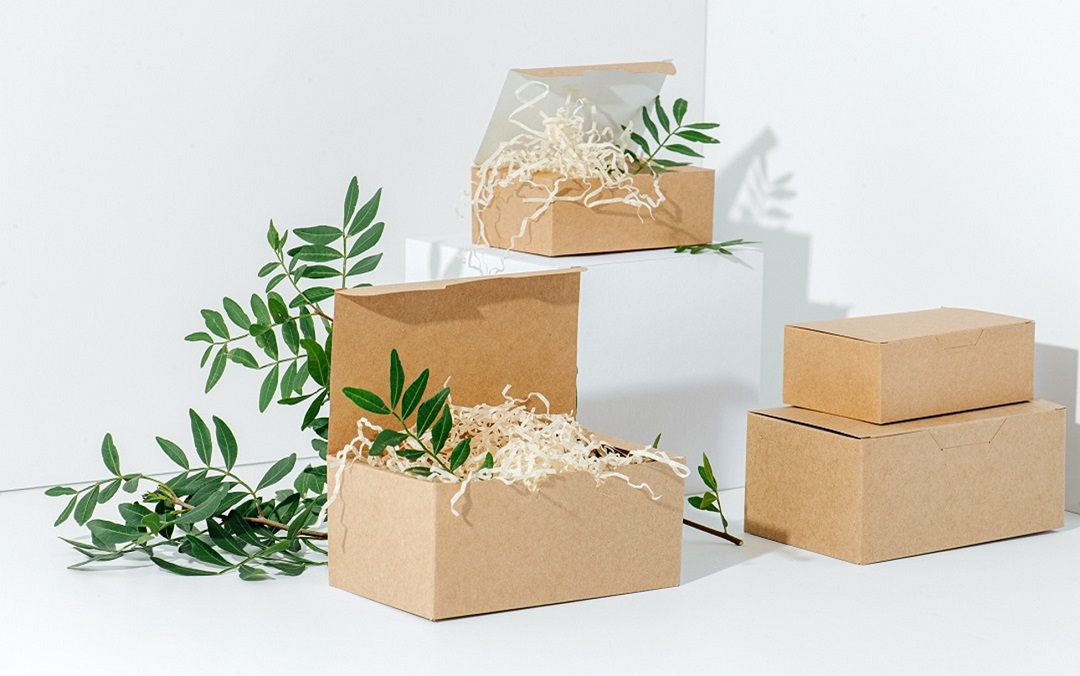Packaging plays an important role in today’s world as it helps protect products during transportation and displays vital information. However, conventional packaging materials have severe environmental consequences. To address this issue, green packaging is gaining prominence which utilizes renewable and recyclable materials.
Green packaging refers to the use of packaging materials and technologies that have a lesser environmental impact compared to traditional or conventional packaging. It focuses on minimizing the use of resources and reducing carbon footprint throughout the entire lifecycle of packaging – from raw material extraction to disposal or recycling.
Materials Used in Green Packaging
Some common materials used in Green Packaging include:
Paper and Paperboard: Paper is one of the most recyclable materials. Kraft paper, cardboard, and paperboard are widely used for packaging various products. They are derived from renewable tree fibers and can be recycled multiple times.
Bioplastics: Bioplastics are plastics produced from renewable biomass sources like vegetable fats and oils, corn starch, straw, woodchips etc. rather than fossil fuels. Popular bioplastics used in packaging include polylactic acid (PLA), polyhydroxyalkanoates (PHA), and cellulose-based bioplastics.
Glass: Glass can be reused and recycled infinitely without loss of quality. Though heavy in weight, glass does not leach chemicals into contents and allows clarity in viewing products. Various beverages, food items, cosmetics etc. use glass packaging.
Metals: Metals like aluminum have high recycling rates. Aluminum requires much less energy to produce from recycled content compared to primary production. It is lightweight and durable offering protection as well as design flexibility to packaging.
Compressed Cardboard: Cardboard can be compressed to occupy less volume and save on transportation and storage costs. The ability for compressed cardboard to regain its original shape also make it an efficient substitution for expanded polystyrene (EPS) and other rigid plastics in packaging certain products.
Benefits of Green Packaging
Adopting green packaging solutions provides manufacturers as well as the environment with numerous benefits:
Sustainability: Renewable and recyclable materials create a closed loop system ensuring circular economy principles of reduce-reuse-recycle are followed. This enhances the long term sustainability of packaging sector.
Reduced Carbon Footprint: Lightweighting of packaging and use of bio-based materials considerably cuts GHG emissions over the total product lifecycle from raw material extraction to disposal.
Lower Raw Material Dependence: Dependence on non-renewable fossil fuels reduces as more plant-based renewable resources are deployed for packaging production.
Cost Savings: Operational efficiencies through use of recycled content, optimal designs, and lighter weights lower packaging costs in the long run offsetting initial high costs of alternatives to plastics.
Improved Brand Image: Brands proactively opting for green packaging appeal to growing environment-conscious consumer base and enhance their reputation for sustainability commitments.
Regulatory Compliance: Packaging regulations globally are increasingly coercing producers to improve recyclability and sustainability of packaging used. Green packaging aligns production with evolving compliance norms.
Reduced Litter: Non-biodegradable plastic litter is a major contributor to land and marine pollution. Sustainable alternatives curb development of microplastics in the environment upon disposal.
Job Creation: A circular economy approach to packaging promotes new green jobs across recycling, composting infrastructure as well as bio-based material and technology innovation.
Challenges in Adoption of Green Packaging
However, certain challenges still hold back full-scale transition to sustainable packaging worldwide:
Higher Initial Costs: Sustainable materials have higher costs of production compared to virgin plastics. This deters many companies until costs reduce with economies of scale.
Complexity in Sourcing: Dependable supply chains for renewable resources and recycled content takes time to develop along with quality and consistency of inputs.
Infrastructure Gaps: Effective collection, sorting and reprocessing systems need building globally to Close recycling loops and strengthen the Circular Economy framework for Packaging.
Limited Foothold: Conventional plastics have an entrenched market base while green alternatives are relatively new entrants scaling up commercialization. Wider acceptance will follow as technologies mature.
Compatibility Issues: Not all bio-based or recycled content Packaging solutions are technically suitable for certain product types or distribution requirements due to performance limitations presently.
Substitution Challenges: Finding direct and viable replacements for all applications of non-renewable plastics remains a technological and commercialization task for future.
The Way Forward
To actualize the shift towards fully sustainable Green Packaging for our future generations, concentrated efforts are required from all stakeholders – government agencies, packaging producers, recycling industries, standardization bodies, brand owners and most importantly, consumers to:
– Develop an international framework to standardize criteria for various classifications and certified labels on packaging sustainability performance.
– Design national extended producer responsibility policies making Brands responsible for financed take back and recycling of Post-Consumer packaging waste.
– Fund research and pilot projects transforming agricultural and forestry residues into advanced bio-based materials competing on price with petroleum derived polymers.
– Scale up mechanical and chemical recycling technologies to form high-value recycled content as circular economy inputs for new packaging production.
– Educate consumers to segregate various packaging types and ensure maximum waste is channeled through formal collection for effective material recovery.
As the effects of plastic pollution intensify and sustainability receives more importance globally, green packaging presents the ideal solution to pave the way for a cleaner future. With collaborative efforts, it can displace nonsustainable packaging solutions. The long term environmental and economic benefits of the sustainable approach also make it the preferred strategy going forward.
*Note:
1. Source: Coherent Market Insights, Public sources, Desk research
2. We have leveraged AI tools to mine information and compile it

